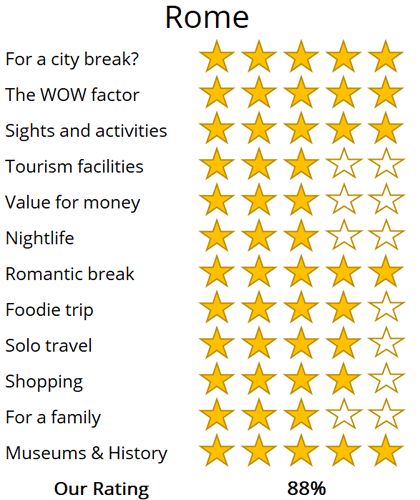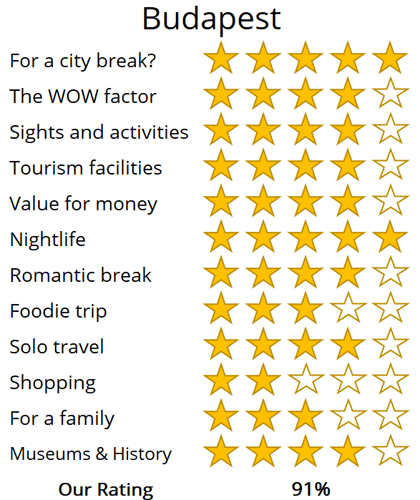WhereToGoForMyHoliday.com
The best destination comparison site!
WhereToGoForMyHoliday.com
The best destination comparison site!
Budapest or Rome, which is better for your holiday in 2024?
Budapest and Rome both offer unique and enticing experiences, but which one should you choose for your city break or holiday?
We recognise the difficulty in making this decision. While there is abundant information available on both destinations, clear guidance on which city better aligns with your travel preferences is often hard to find.
This article aims to provide an impartial comparison,and hopefully help you to choose the best city to visit.
The article is structured into several sections, each of which can be directly accessed through the following links:
• Introduction to the cities
• Scores and ratings
• Which one should I, friends, or family visit?
• When to visit and weather
• Who is the city suited for?
• The perfect 48hours (with map)
• Tourism details (where to stay? airport details?)
Introduction to Rome and Budapest
No city can rival Rome’s historic and religious importance. The city is a living museum, with iconic landmarks and monuments, all intern-connected by grand avenues and charming side streets.
It maybe historical, but is far from a stagnant relic, Rome is a vivacious and chaotic city, led by emotions and the heart. Delicious food, late nights and socialising are the priorities for Rome, and keep the eternal city as one of Europe’s most popular cities.
There are flaws to Rome, often the result of political mismanagement, but gloss over these you will adore your time in Rome.
Straddling the snaking Danube in the very heart of Europe is Budapest, the buzzing capital of Hungary.
Here, a city of two halves – Buda and Pest – unites to form a complex tapestry of over 1.7 million lives. With grand 19th-century bridges stitching together the landscape, Budapest entices with its blend of storied history, striking architecture, café charm, and lively nightspots.
Whether your eyes are drawn to the regal palaces atop Buda Hill or the heady aroma of sulphur from steaming bathhouses, Budapest never ceases to captivate. Venture into ruin bars, gaze upon the monumental Dohány Street Synagogue, or stroll the wide boulevards left behind by the Communist era.
In Budapest, every glance reveals a new layer of intrigue, a city where the past and present are locked in an endless dance.
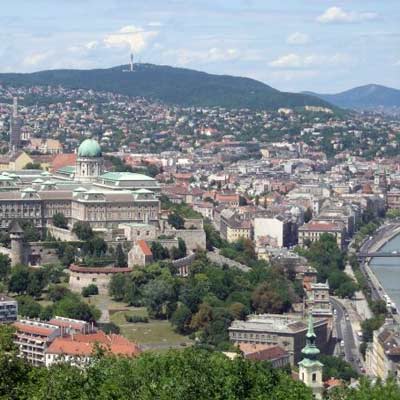
Budapest is a vibrant and modern city just waiting to be explored
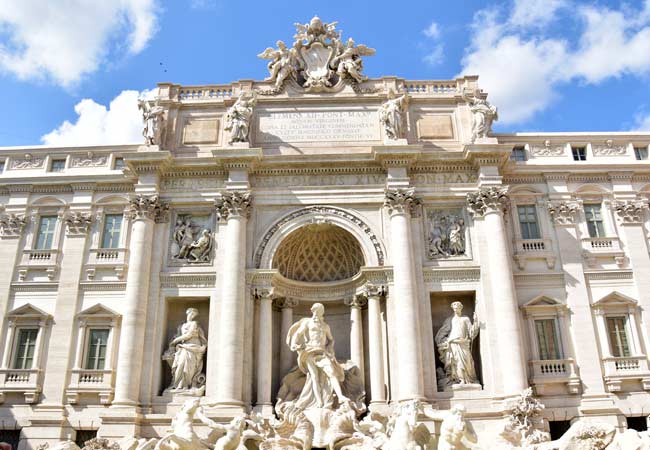
The Trevi Fountain, Rome
High-level summary for Budapest and Rome
Summary
Where would I journey for a personal escape?
Rome
Where would I send my parents for a memorable visit?
Rome
Where's the ideal destination for my adventurous 19-year-old cousin?
Budapest
Where should my food-obsessed friend indulge their culinary passions?
Rome
Note: The above comparisons are weather-independent and are based on travel during the most opportune times of the year. Details about the ideal travel seasons are elaborated upon later in this article.
In the sections that follow, you'll find a comprehensive comparison between these two fascinating cities. This includes recommendations on the duration of stay, the best times to visit, and tailored 48-hour itineraries for each city.
The final segment delves into practicalities for your travels, such as the best airport to fly into, the optimal districts for your accommodation, and insider tips, for when you come to explore the city.
We hope that you find all of this information useful, in planning your next exciting trip!
Destination details
How long to spend each city?
Considering the sheer number of outstanding tourist attractions, Rome can be seen within two days. Three days allows for a more enjoyable visit to Rome, with time to absorb the culture. There can be long queues for the Sistine Chapel and the Colosseum, so starting early in the day is essential for a two-day visit.
There are good day trips from Rome including the Roman ruins of Ostia Antica or the historic town Tivoli. Rome has excellent intercity trains, and it is possible to visit Florence or Naples, or even Pompeii (2 hours by train) as day trips.
Fly-in visits for three days are enough to check off the major must-see sights of Budapest. This is a compact capital with good underground and bus links. You can get easily get across town – going from Buda Castle on one side of the city all the way to the Széchenyi Thermal Baths at the other takes less than an hour on public transport.
That said, Budapest has plenty of hidden secrets up its sleeve. You could easily while away a whole week enjoying cheap happy hours in the ruin bars, bathing in the Art Deco spas, and visiting islands up the Danube. If you're coming in summer, you could also extend a stay to include the art galleries and cobbled lanes of Szentendre, the mineral-rich waters of Lake Balaton, and the rustic Tokaj wine country to the east.
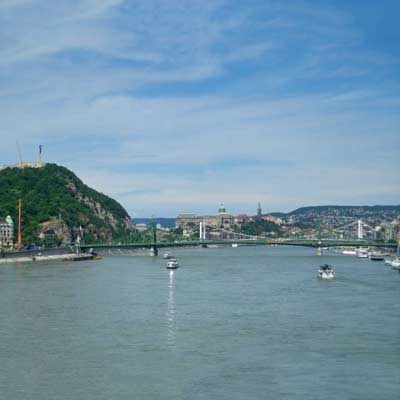
The mighty Danube River cuts Budapest in two
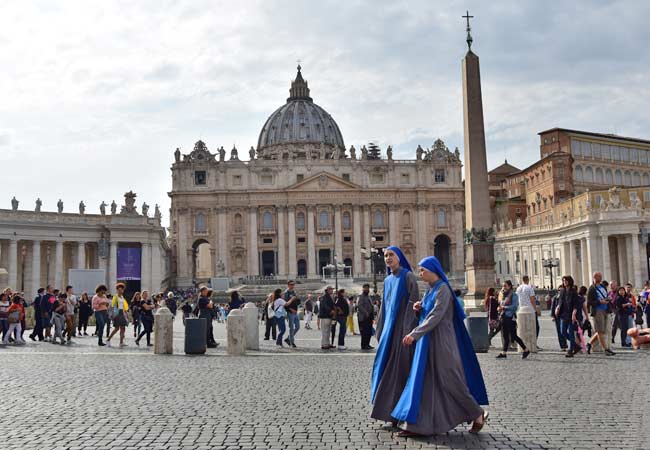
The Vatican is a city state within Rome
Most visitors head to Rome in the hot, humid and crowded summer months of July and August. Early spring or autumn are a much better time of year, and provides a much more agreeable climate, without the throngs of tourists.
To truly avoid the crowds, consider November to March, but there is always the slight chance of rain and it can be chilly. Even if it does rain, head indoors for a long lunch.
Late spring and early autumn are when locals often say Budapest is at its best. Temperatures average around 23-25 degrees in May and September. There's not an overload of rain then either. And it's perfect for avoiding the crowds of midsummer city breakers that come during the European holidays.
There's also something to be said for visiting Budapest in the midst of winter. Mercury plummets between November and March, and it's not uncommon to see the Danube freeze over with huge chunks of ice. What's more, the tenements and side streets of the Jewish Quarter and the historic Inner City areas ooze atmosphere on cold, snowy days. Just be sure to pack the thermals!
Budapest, with its rich historical culture, intertwined seamlessly with an energetic nightlife, has established it as a top destination for a diverse range of travellers. Backpackers gravitate towards the Jewish Quarter's unique ruin bars, where they can indulge in exceptionally affordable Hungarian beers amidst eclectic courtyards.
Meanwhile, those with a cultural focus may choose to delve into the history of the Hungarian empire at Buda Castle or pay homage at the poignant House of Terror museum, which delves into the oppressive Stasi era.
However, if your preference leans towards sun-soaked beaches, Budapest might not feel like a perfect fit. Situated in a landlocked region, both the city and the country are devoid of coastline. Furthermore, while there are parks, they are predominantly located on the city's periphery, making Budapest predominantly an urban experience.
Rome’s appeal is ageless and timeless. It is no matter if you are going there for the perfect Instagram post of the Colosseum or on a religious pilgrim to the Vatican, the city will not disappoint.
Sadly, the years of austerity and political mismanagement are starting to wear through Rome, with an unkept and unloved mentality decaying around the edges of the city.
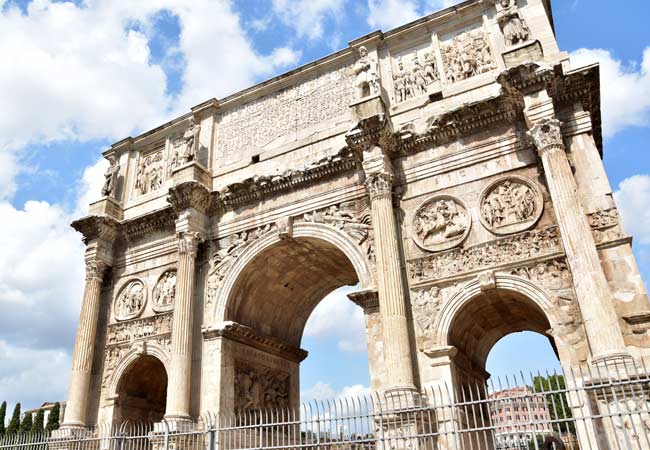
The Arco di Costantino, Rome

The Hungarian Parliament stands as a stunning testament to Budapest's architectural grandeur, holding the title of the city's tallest building
Rome in 48 hours
Below is an interactive map for 48 hours in Rome; day 1 is highlighted in green and day 2 in yellow, with optional sights in grey.
Begin at the icon of Rome, the Colosseum, but also explore the Foro Romano with its many excellent Roman ruins. On the way to the historic centre of Rome passes the Vittorio Emanuele II Monument, with its amazing viewpoint.
For the afternoon explore the charismatic centre of Rome, taking in the Piazza Navona, the Fontana di Trevi and Piazza Colonna and the Pantheon.
For the evening head to the Trastevere district on the western banks of the Tiber, for bars, late food and lively experience.
Start early on the second day to avoid the queues for the Sistine Chapel and Saint Paul’s Basilica. From the Vatican City, follow the River Tiber past the Castel Sant'Angelo, Mausoleo di Augusto to the Piazza del Popolo.
For the afternoon explore the Villa Borghese park, before heading down the Via del Babuino, past the Spanish steps and into the Trevi district for a delicious meal. Before finishing in Rome part take in the tradition of passeggiata, an evening stroll wearing your finest clothes.
48hours in Budapest
Day 1: Begin your journey on the Pest side of the city, where the magnificent Dohány Street Synagogue resides. This landmark is not only pivotal to Budapest but also stands as the largest synagogue in Europe. Following this, take a stroll along Andrássy Avenue, a grand boulevard and UNESCO World Heritage site, adorned with Neo-Classical mansions.
Delve into Hungary’s tumultuous history with a visit to the House of Terror museum, situated at one end of the avenue. Subsequently, unwind with a spa session at the renowned Széchenyi Baths, celebrated for its Art Deco architecture. Cap off the day with a hearty dinner at Gettó Gulyás, indulging in their signature paprika-smoked goulash, and conclude your evening with a drink at Szimpla Kert, a mesmerizing art gallery turned bar.
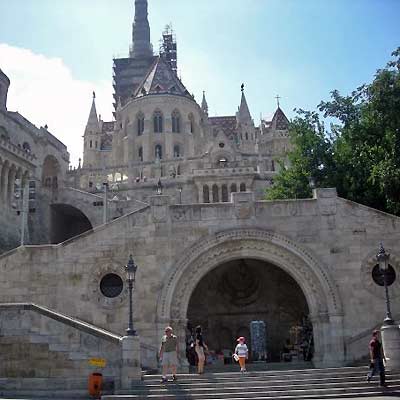
Pest cathedral
Day 2: Start your day with breakfast at the historic Central Market Hall, established in 1897. Savour the taste of sweet Hungarian pastries before crossing the Danube via the striking Liberty Bridge.
Upon arrival, you have the option to visit the elegant Gellért Baths or continue your journey to the Fisherman's Bastion and the Citadella, former military strongholds that now offer breathtaking views of the Danube. A northward stroll leads you to the Castle District, where you can either admire the architecture from the outside or explore the regal court rooms inside.
Don’t miss the chance to capture some photos of the imposing Hungarian Parliament Building across the river. Conclude your day with dinner in the Inner City of Pest, offering a diverse range of dining options from Tex-Mex restaurants to atmospheric 1930s speakeasies.

Gellért Hill offers some of the best views of Budapest, the hill is named after Saint Gerard who was murdered in 1065 by being put in a barrel and rolled down the hill…
Travelling to and around Budapest is super easy. There's an efficient underground network. Tickets for that cost 350 HUF per ride with a single transfer allowed. You can also use river boats (HUF750 per journey) and buses (350 HUF).
Taxis are rarely needed, but they are cheap, costing 280 HUF per kilometer. Be sure to insist your driver puts the meter on, and never accept offers from taxi touts at the airport.

The Fisherman's Bastion, Budapest
Talking of the airport, Budapest Airport sits around 22 kilometers from the city center. You can get to and from the terminals using the dedicated express bus (€2) or by train (€2.70). Both options take between 30-40 minutes. Be sure to buy tickets at machines by the stops – they're more expensive when purchased direct from drivers.
When it comes to picking hotels in Budapest, you're best off focussing on the Pest side of the city. That's where the bulk of the best lodgings are located. Being in the Jewish Quarter can be noisy, but perfect if you want to hit the nightlife of Szimpla and the other ruin bars. The Inner City area is charming and quieter, with some boutique options. Meanwhile, Újlipótváros is a local's favourite, with its cool cafés and art galleries and sleek Airbnbs.
Related articles: Where to stay in Budapest
Budapest is largely safe and crime statistics are in line with European norms. Some well-known scams include taxi drivers who overcharge and sellers of fake goods. Pickpocketing is also a rare but real problem. Just be aware of your personal possessions and be vigilante, especially when on public transportation.
Price wise, Budapest is surely up there with the cheapest of European capitals. A large beer can cost as little as 500 HUF (€1.50). Food in a midrange restaurant will set you back between 2,000 HUF and 3,000 HUF (€6-9). Nights in hotels are noticeably less than in nearby Vienna, too.
Rome has to be visited at least once in your life and a city break is the ideal opportunity. Rome is served by two airports; Leonardo da Vinci (regular airlines) and Ciampino (low-cost airline), and there are regular train services from both to central Rome. There is plenty of flight capacity and reasonable prices can be found year-round.
Roman has numerous hotels, and accommodation options, but the common complaint is the relaxed approach to maintenance and upkeep. Rome is a destination to check all hotel/room reviews before booking.
For your first visit, you would want to be based in the tourist square, with Villa Borghese park in the north, Termini train station to the east, the Colosseum to the south and Vatican City to the west. Rome is an enjoyable and easy city to explore, and all of the main attractions are in this tourist square.
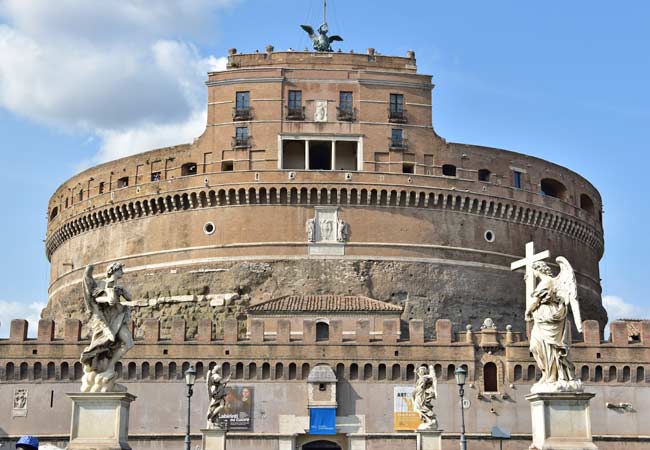
Castel Sant'Angelo, Rome
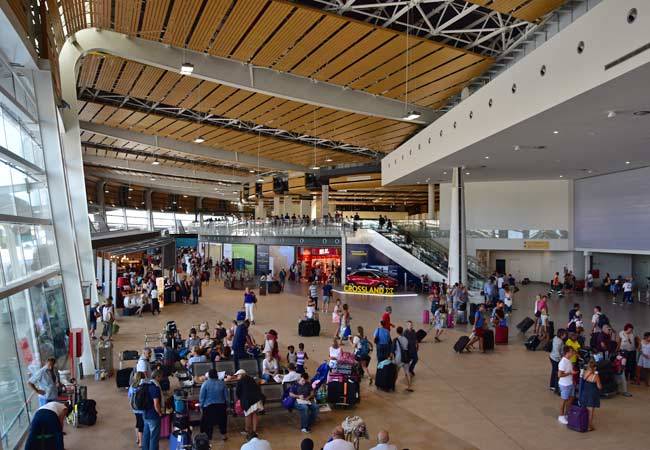
oh we were stuck in the airport!

Copenhagen was a bit expensive...

All we did was drink beer in Brussels...
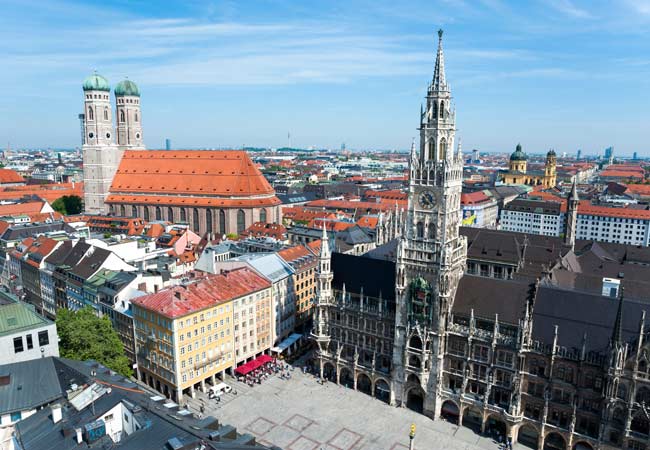
Muncih was crazy
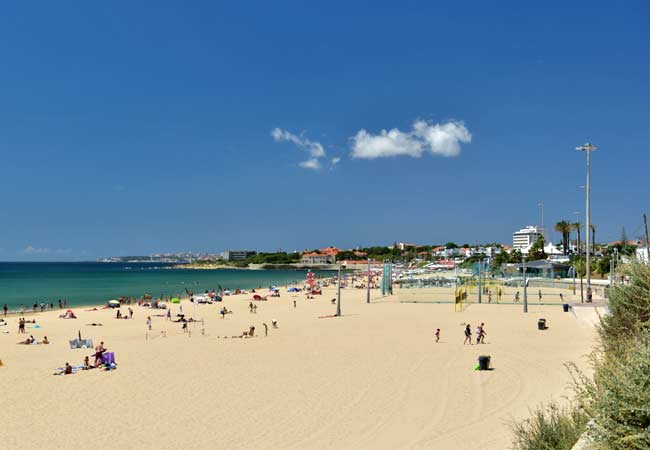
And we got so burnt!

Remeber that night in Rome

oh we were stuck in the airport
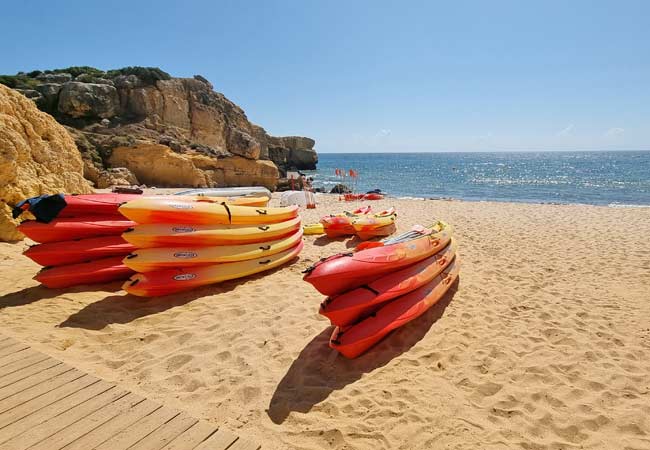
So much fun kayaking

Berlin and that group from Austria!

There was such a view from that church

And we got so burnt!

Munich was eventful, wasn't it!

Such a view from that cathedral in Florence
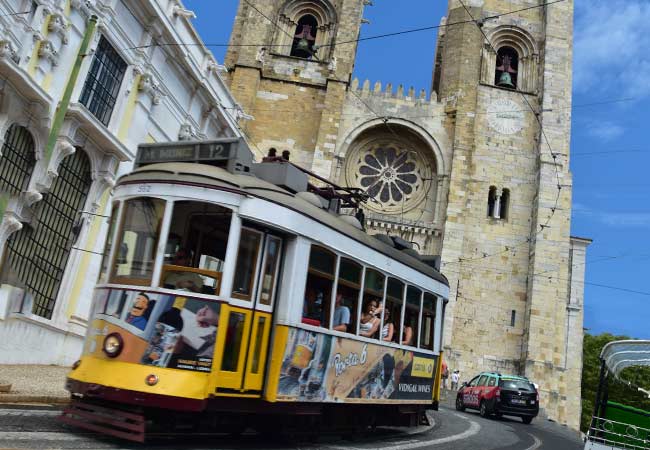
Lisbon was such so much fun

Last summer was so much fun .... x

Remeber that night in Rome

Lisbon was such so much fun

Such a view from that cathedral in Florence

Munich was eventful, wasn't it!

And we got so burnt!

Remeber that night in Rome

All we did was drink beer in Brussels...

Berlin and that group from Austria!

Can't wait to go back to Dubrovnik

Remember that boat ride in Prague

Copenhagen was a bit expensive...
